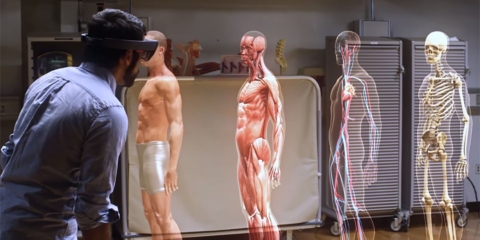Would you like to get notifications from Christian?
When you think of the future of furniture, what do you imagine? Chances are, it doesn't involve roombots. Roombots are the next generation of modular robotics - designed for adaptive and self-organizing furniture. In this article, we show how roombots can be used to create autonomously moving furniture, as well as a series of other applications in adaptive and assistive furniture.
This is important because roombots have the potential to change the way we interact with furniture. They can be used to create furniture that is more adaptable to our needs and which can be reconfigured on the fly to suit our changing needs. Additionally, roombots can be used to create furniture that is more accessible for people with disabilities.
What's next?
The potential applications for roombots are virtually limitless. In the future, we can expect to see roombots being used in various settings - from homes and offices to hospitals and care homes. We will also see roombots becoming increasingly sophisticated, with the ability to carry out more complex tasks and interact with humans more naturally. So if you're looking for the future of furniture, keep your eye on roombots - they just might be the next big thing.
Do you have any questions or comments? We would love to hear from you! Please leave us a message in the comments section below. Thank you for reading!
Author: Christian Kromme
First Appeared On: Disruptive Inspiration Daily
Christian is a futurist and trendwatcher who speaks about the impact of exponential technologies like AI on organizations, people, and talents. Christian tailors his presentations to your audience's specific industries and needs.



Our world is changing at an exponential rate! A big tidal wave of digital transformation and disruption is coming at us fast. Many organizations see this wave as a threat and experience stress, but there are also organizations that just see this wave as an opportunity.

Imagine sitting with just 10-15 fellow executives at a premier location, gaining clarity on the impact of AI on your industry while enjoying an exquisite dining experience. These are not just meetings—they are transformative moments that will shape the future of your organization

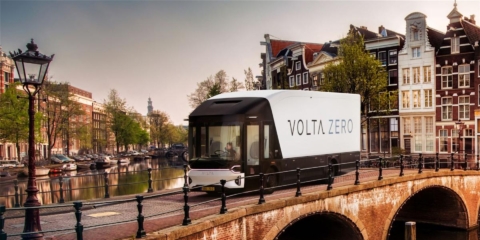

In the future, 3D printing and generative design will allow for products to be designed in a more decentralized manner, and production will take place closer to the customer and fully on-demand. 3D printing technology will also allow for more customization and personalization of products.


The agricultural industry is ripe for disruption. Robotics, AI, and IoT are all technologies that have the potential to radically transform the way we grow food. In combination with vertical farming, these technologies could increase the efficiency and quality of agricultural products.
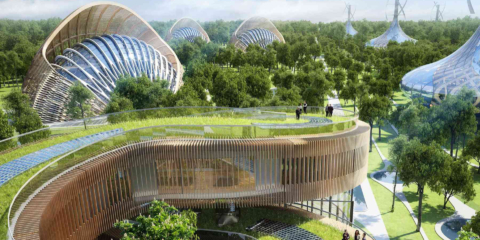
A human-centered society is one that puts people first and where technology is used to unite and empower people. It is a society that values biological life and dignity above all else. It is a society that recognizes the importance of human relationships and works to strengthen them. In a human-centered society, all members of the community are valued and treated with respect.
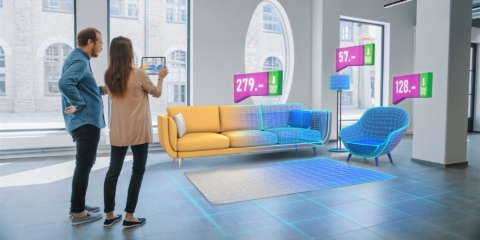
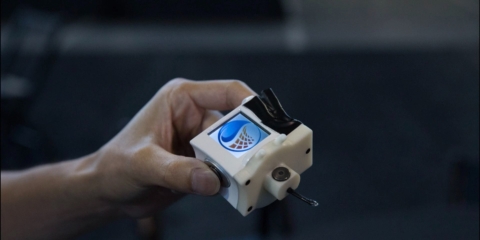
The future of healthcare is here. New technologies like AI, IoT, big data, and smart sensors make it possible to become the CEO of your own health. Imagine that your phone can listen to your voice and AI algorithms can detect small nuances in the tone of your voice that indicate specific diseases.
